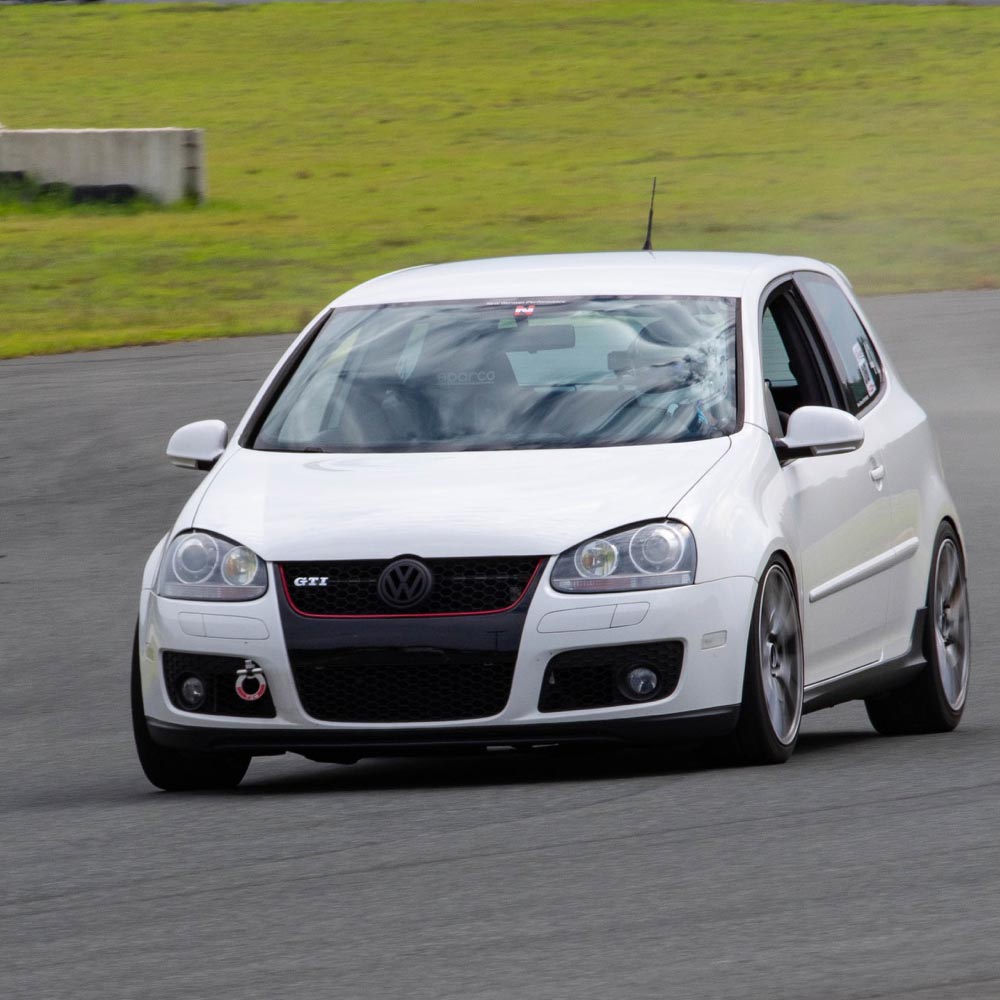- 07/10/2020
- 6 Min Read
- By: Nathan Brown
Wolves In Sheep's Clothing - 5 Of The Ultimate European Sleepers
According to Wikipedia, a 'sleeper car' is a car that has high performance and an unassuming exterior. It is a car that can match the performance and speed of a more traditional high-horsepower sports car, but it does so without attracting too much attention from fellow drivers. Sleepers are tons of fun, whether you're flying under the radar, surprising people at stoplights, or convincing your significant other that the new sedan you just parked out front is a nice sensible commuter and not a turbocharged force with which to be reckoned. Sleeper cars can come in all shapes, sizes, and flavors, and here are a few of our favorites.
Volkswagen Golf R (Type Mk7/Mk7.5 - 2015-2020)

Volkswagen has long been a supplier of unassuming performance cars. The O.G. grand-daddy hot-hatch, the Golf GTI, was one of the very first cars from Wolfsburg that you could legitimately call a sleeper. With the introduction of the Mk4 R32 in 2004, the Golf picked up all-wheel-drive, but it also had a significantly more aggressive look than a base model Golf, not to mention the aggressive Wookie-growl of the 3.2 L narrow-angle VR6 engine. A true sleeper, it was not. As the R grew up, it got more refined and less boy-racer in the exterior department. The Golf R finally achieved true sleeper status with the introduction of the MK7 in 2015, featuring significantly more performance and a more understated exterior than any of its predecessors. Aside from a few badges and subtle changes to the bumpers and bodywork, there's not much to tell the world what the Mk7 Golf R is capable of.
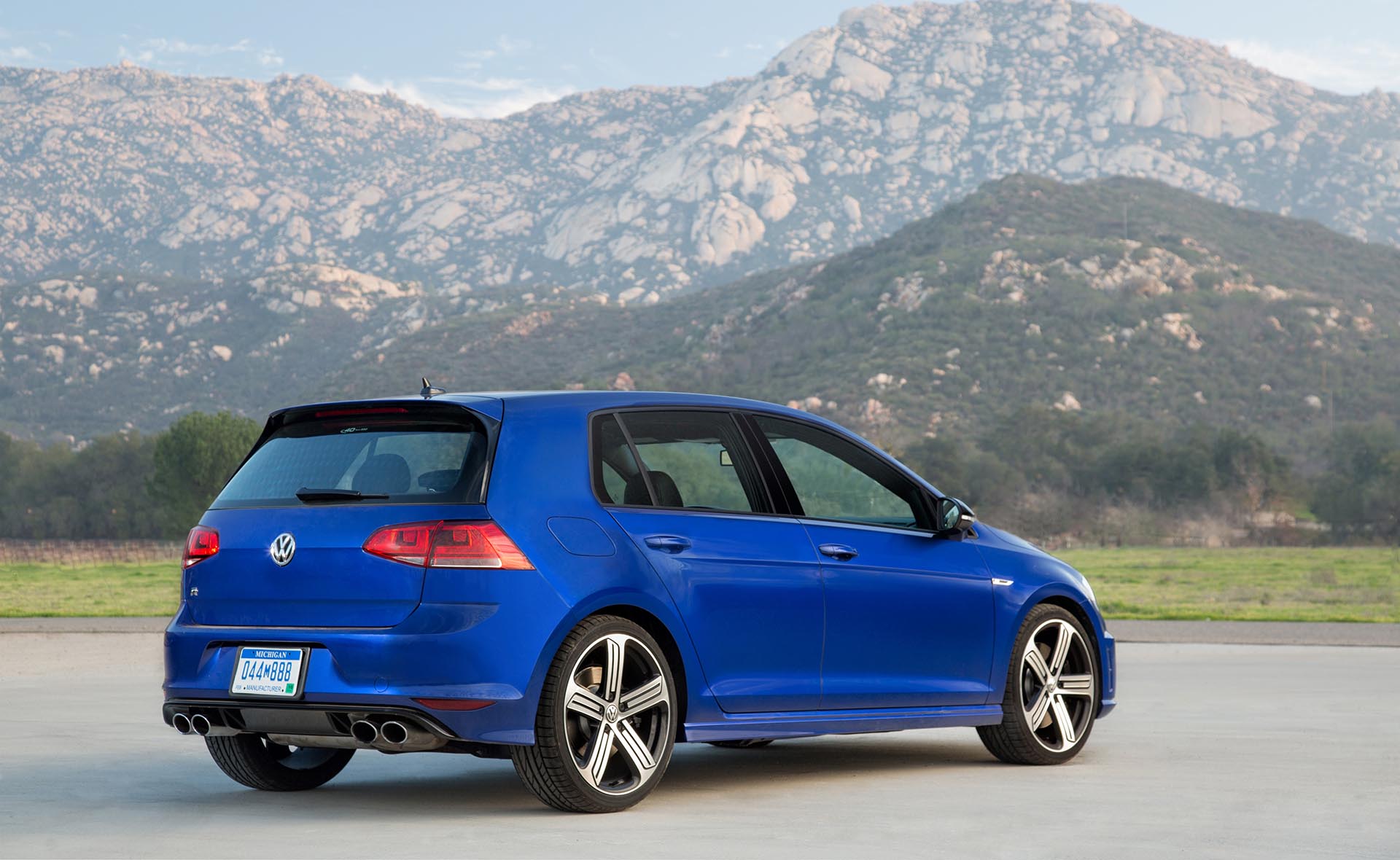
Powered by the ubiquitous and proven EA888 Gen 3 TSI engine, the Mk7 Golf has 292 horsepower and 280 lb-ft of torque on tap from the factory. Combined with the proven DSG dual-clutch transmission and 4MOTION all-wheel-drive, this handsome hatch can hit 60 miles per hour in only 4.5 seconds and can finish a quarter-mile in 13.2 seconds, at a strong 106 miles per hour. If you give in to the temptation to tune your Golf R with aftermarket performance software, and why would you not do that, the horsepower goes way up and the times tumble accordingly. A mildly tuned DSG Golf R can see a 0-60 time of under 4 seconds, which is simply silly when you compare it to far more expensive and more obvious models. Speed aside, the Golf R is a joy to drive otherwise, with crisp handling, strong brakes, and an available 6-speed manual transmission.
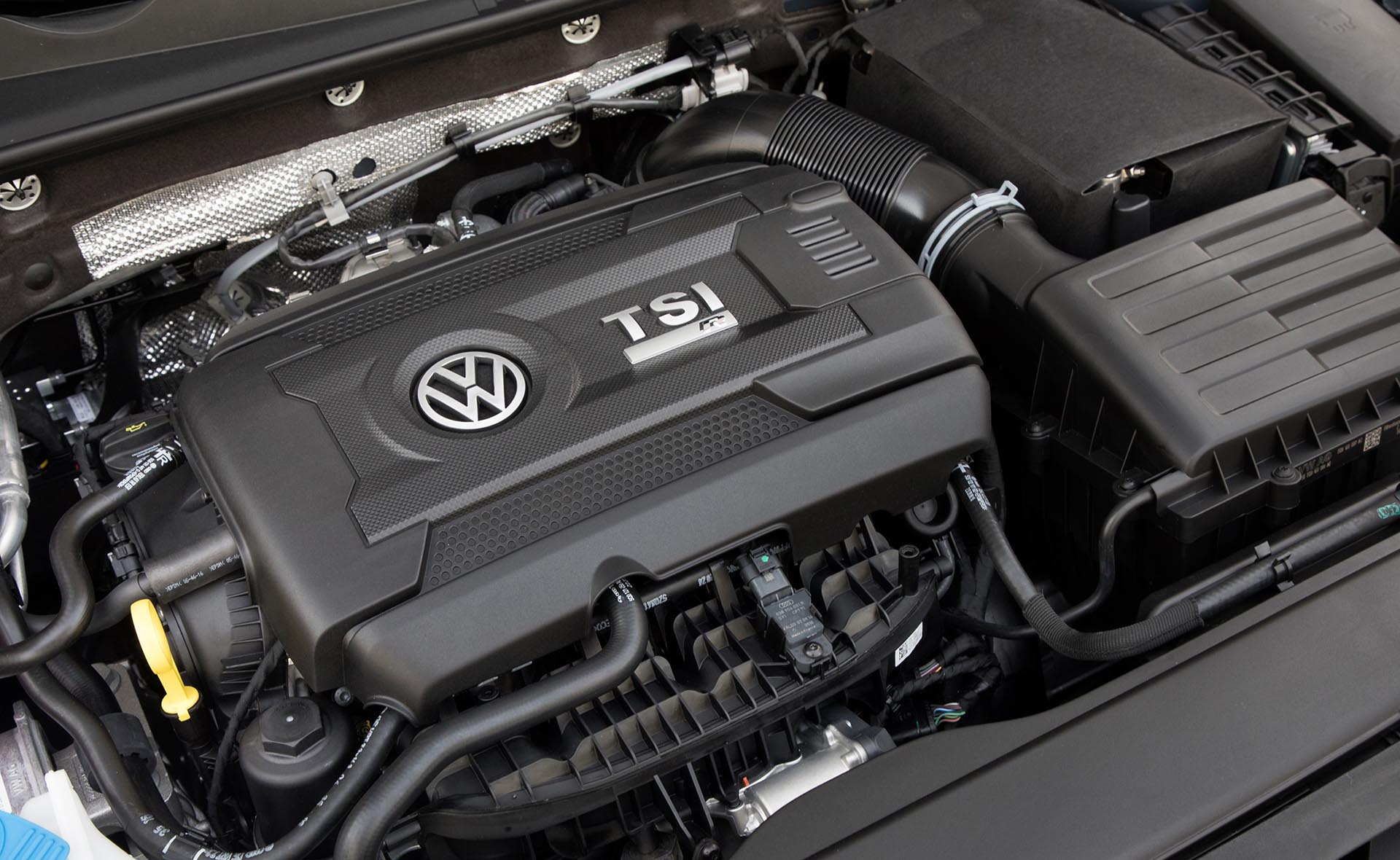
Perhaps best of all, despite all this performance, the Golf R is still every bit as utilitarian as any other hatchback. From carrying camping equipment and sports gear to bringing home furniture or groceries, to hauling paint and home improvement supplies from the local hardware store, the Golf R can do it all. And it can do it without too much attention from Johnny Law when it comes to looking as fast as it really is.
BMW M5 (Type E28 - 1987-1988)
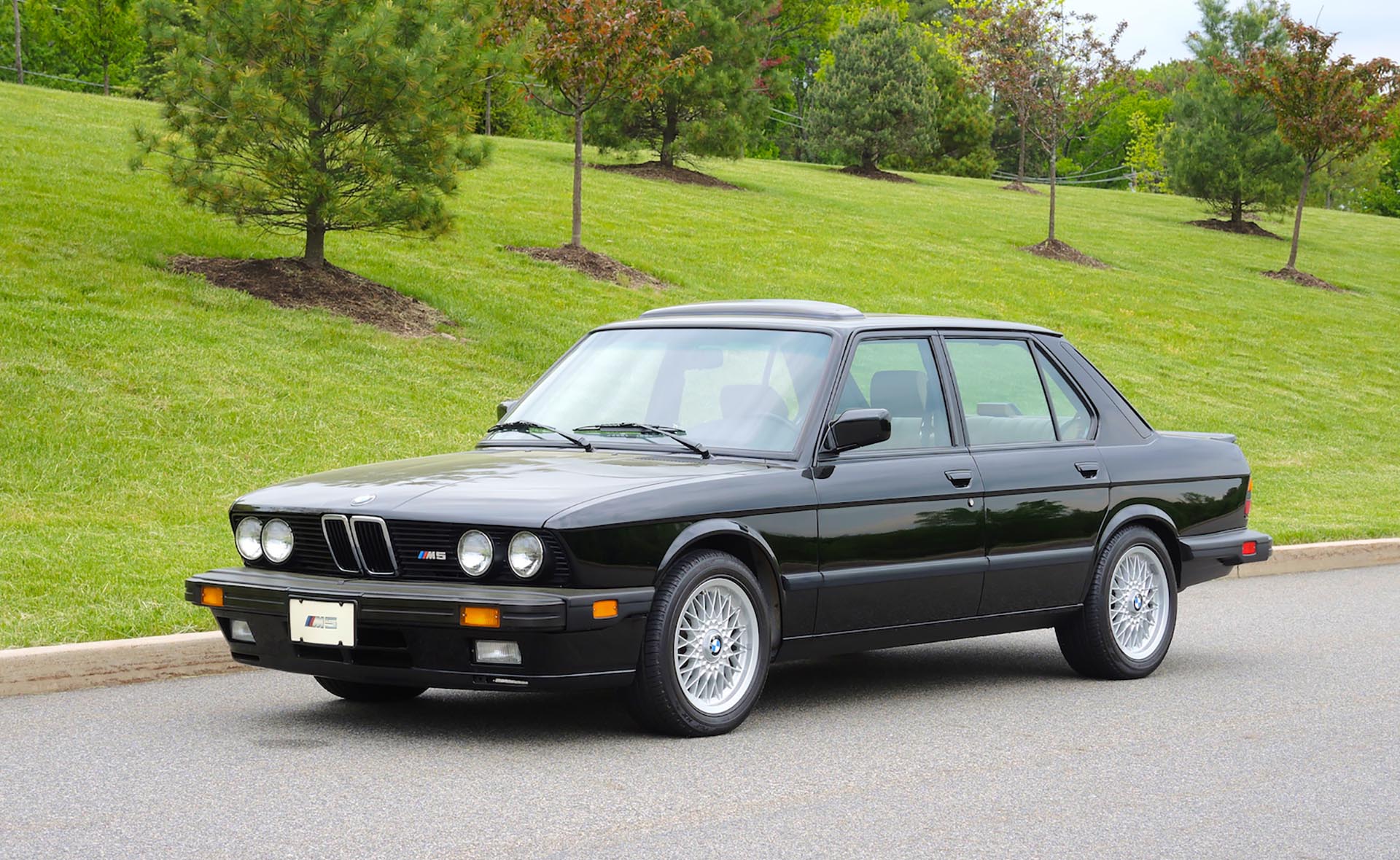
I hear what you're saying, and I almost agree, "The M5 is no sleeper." Maybe this is true in today's world of big, stand-out-from-the-crowd ostentatious BMW design, and massively powerful M cars available across nearly every model and range, but back in 1986, the M badge didn't mean much to the general public. This simple little black sedan had a different front valence and a subtle decklid spoiler on the trunk. Still, to the average person sitting behind the car at a stoplight, the M5 was just another 5-Series sedan with an unusual badge. Once the driver of the E28 M5 put the pedal to the metal, leaving said average person in the dust, only then might they ponder the significance of that little blue, purple, and red badge.
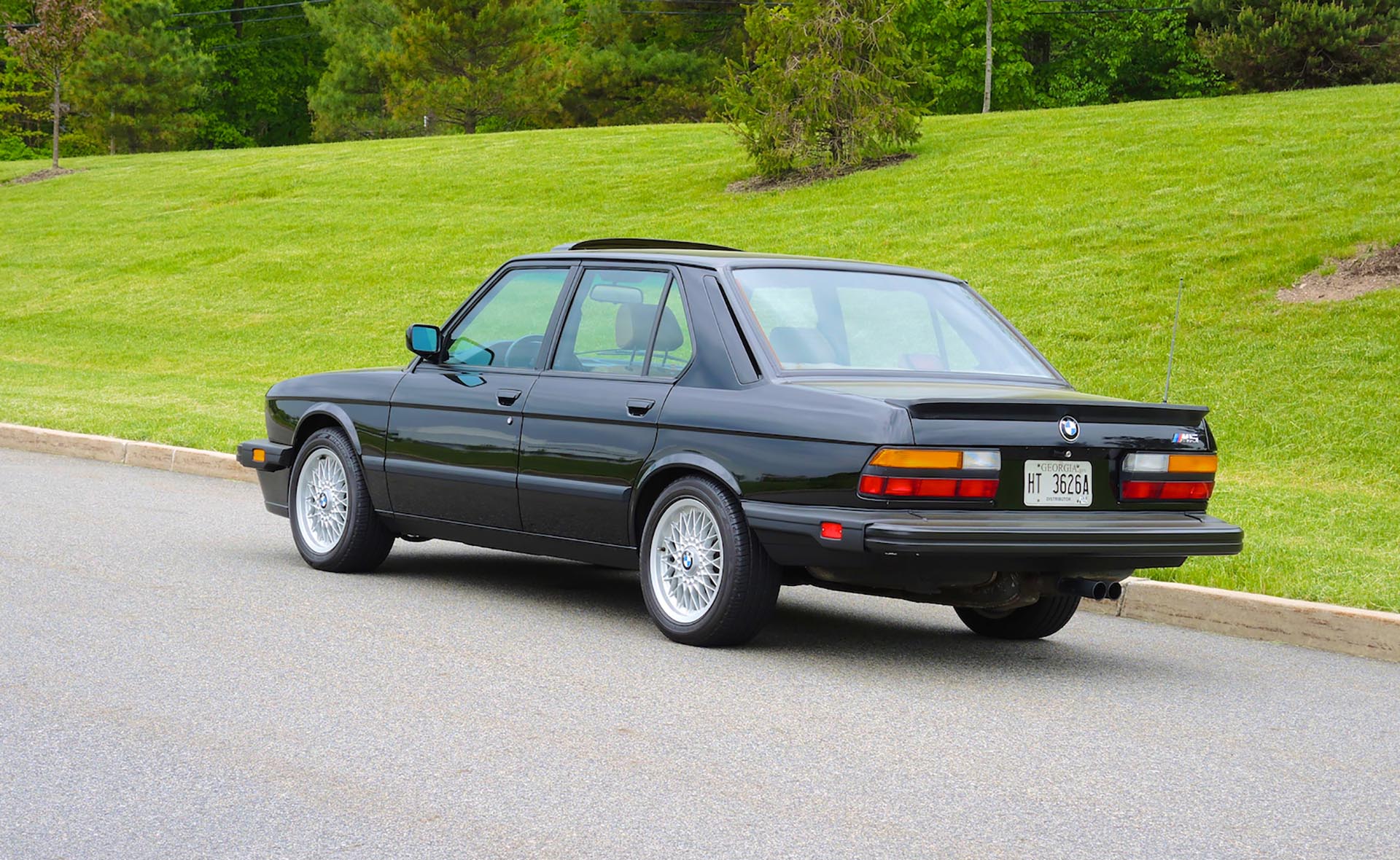
The M5 arrived at a glorious time in the automotive world. The malaise era of the 1970s was well and truly over, and the world was producing amazing cars for an enthusiastic public. From Volkswagen to Honda, Nissan to BMW, Toyota, Porsche, Mercedes-Benz, and everything in between, there was a plethora of sporty, fun, and innovative cars to choose from. The E28 M5 was the first 'M' car to be sold in the United States, with 1,340 examples imported over two years. The E28 is everything a proper M car should be. Featuring a hand-built S38B35 3.5 L straight-six derived from the original M1 supercar, the M5 has proper motorsport heritage. Individual throttle bodies and an under-square design means that the engine is designed to rev, and peak power of 255 horsepower is seen at 6,500 RPM, with peak torque of 243 lb-ft arriving at 4,500rpm. By the numbers, and depending on whose numbers you choose to reference, the 5-speed manual M5 tackles the 0-60 sprint in around 6.0 seconds flat, completes a quarter-mile in 15.4 seconds at 100mph, and has an ultimate top speed of 150mph. Damn strong numbers no matter what year it is.
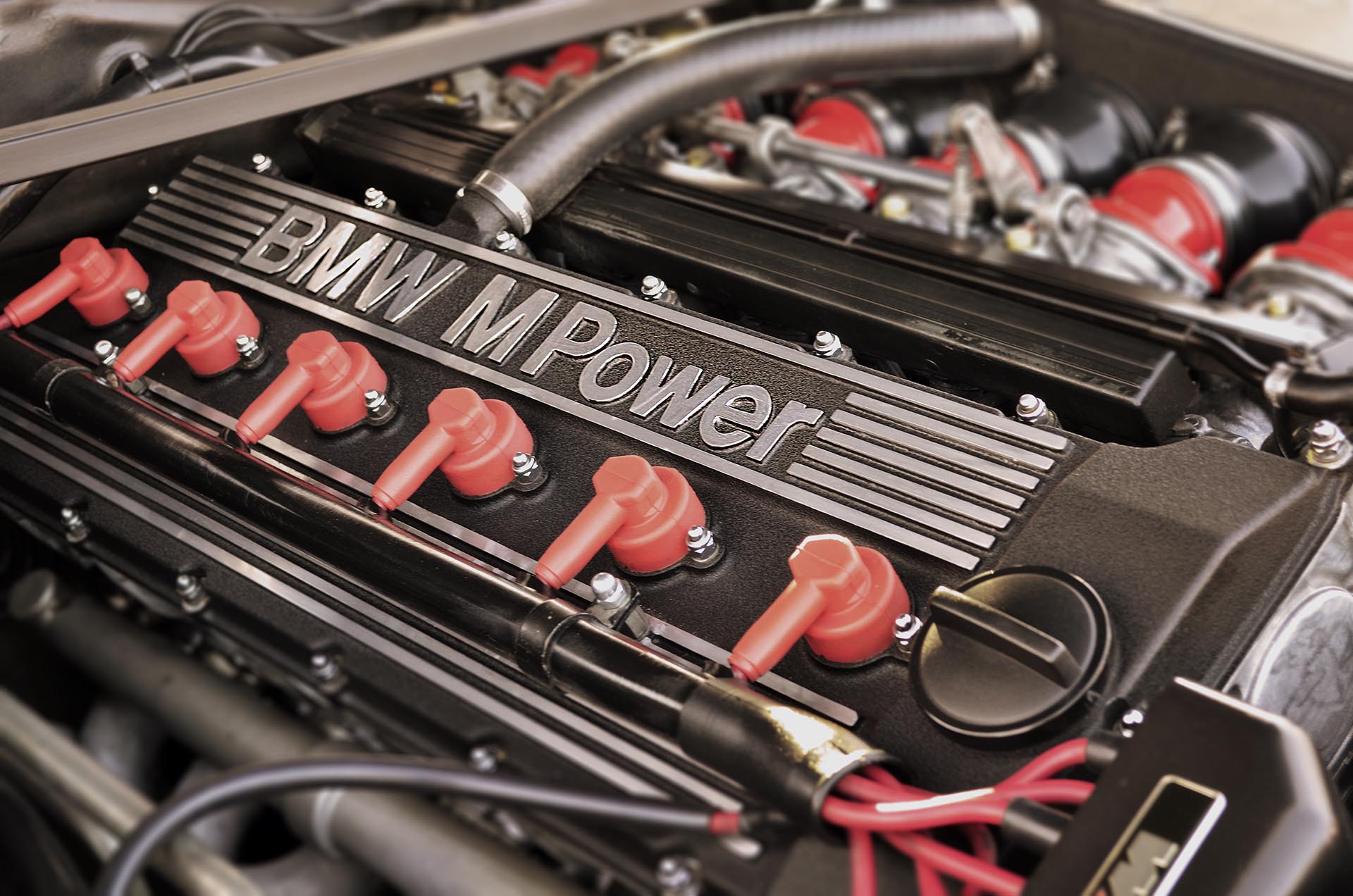 Image Source: Steven Tyler PJs Flickr
Image Source: Steven Tyler PJs Flickr
Numbers aside, the E28 M5 is a very special car. The entire vehicle was hand-built by BMW's M division, not just the aforementioned engine, and it is rarer than any other M car to date aside from the original M1. The E30 M3 is positively common compared to the E28 M5, and yet they fetch no-where near the money these days. A superb chassis, suspension, classic but sporty interior, and timeless good looks make the M5 a car that remains one of the most rewarding and fun cars to drive. It's an analog car with a touch of technology that makes it the automotive equivalent of a hi-end hi-fi system teamed up with the best vinyl record player. It's natural, it's pure, and it's something to be savored and enjoyed when the time is right.
Audi S4/S6 (Type C4, 1992-1997)
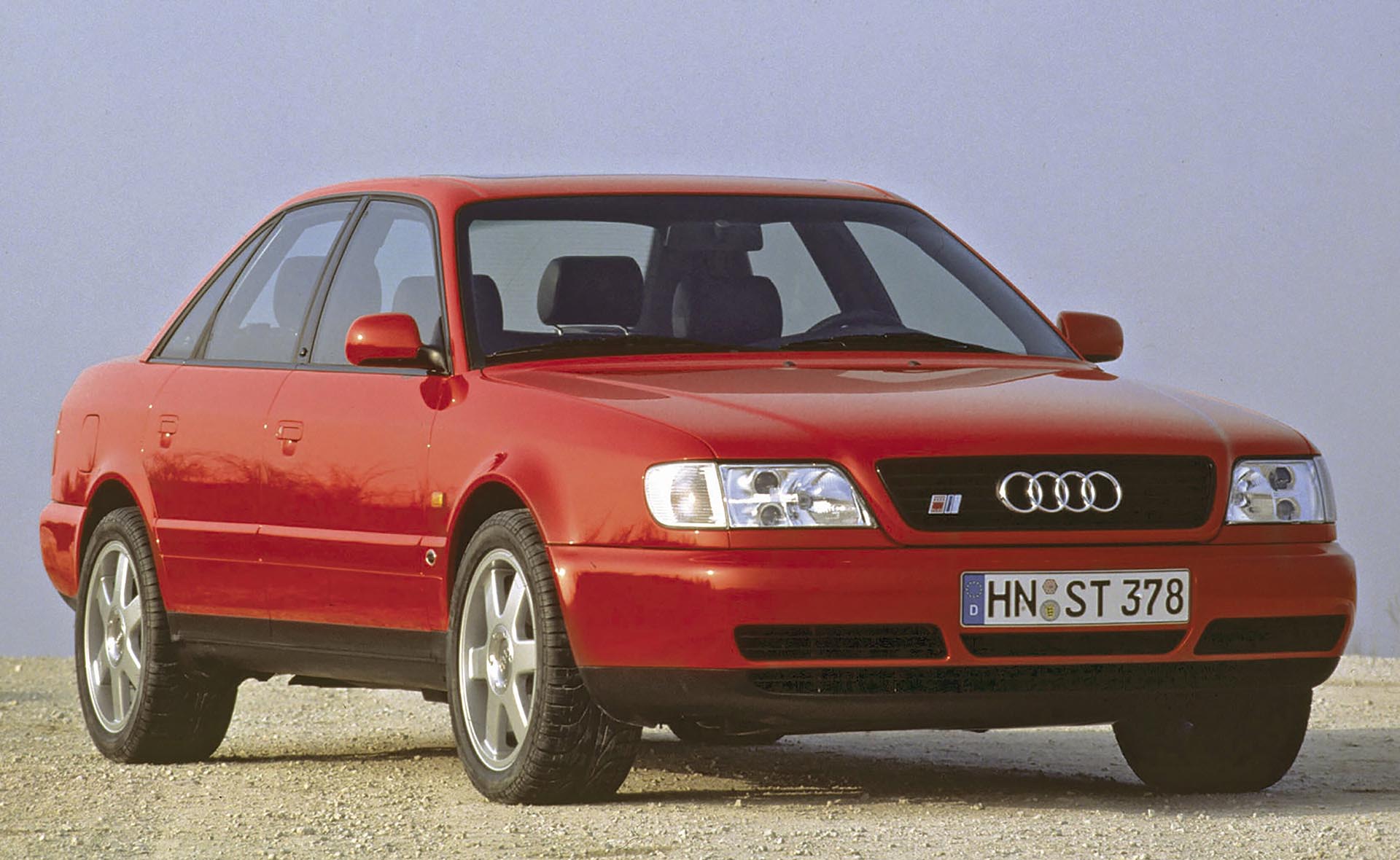
It took a while for Audi to find themselves in the United States. Is it a fancy Volkswagen? Is it a practical, utilitarian all-wheel-drive vehicle for the monied but eco-friendly set living out in the mountains? Or is it a fire-breathing turbocharged rally-car for the latent race-car driver living inside of all of us car nerds—something to make us feel a little more like Walter Röhrl or Michèle Mouton as we go about our daily commute? With the C4 S4/S6, Audi pretty much said, why not have it all. Indeed, the UrS4, as the brand's devotees call it, is a lot of things wrapped up into one handsome, big, and understated package. It's powerful, big, and available in a wagon, and it has proved to be unbelievably durable over the long-haul. Perfect if you have a cabin in the woods, a condo by the beach, or an apartment on 5th Avenue, and need to get there as fast as is humanly possible no matter the roads or conditions.
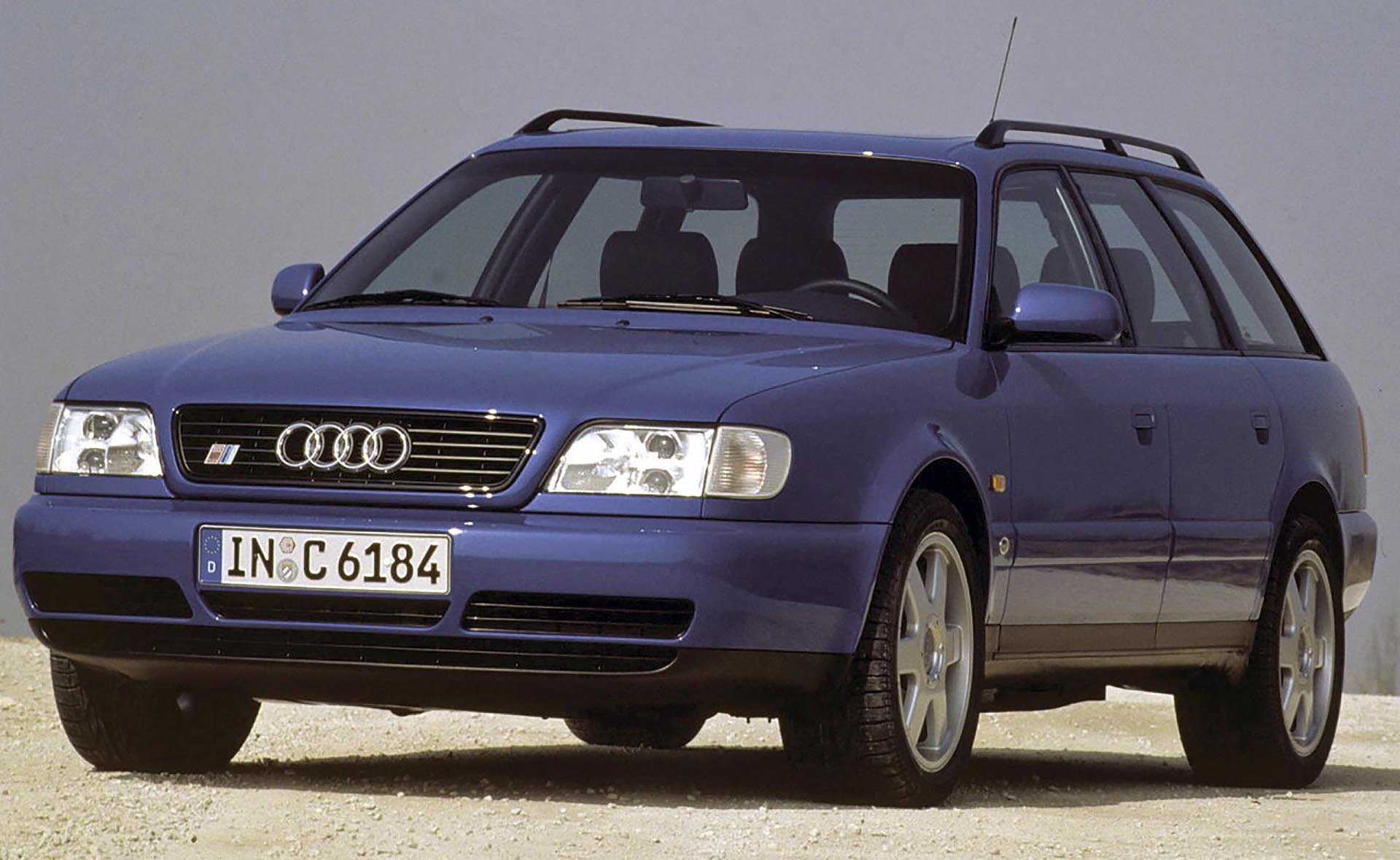
The heart and soul of the C4 S4 is undoubtedly the drivetrain. Powered by a 2.2 L turbocharged variant of their 20-valve 5-cylinder engine and mated to the once-novel but now well-proven Quattro driveline, the C4 S4 is capable of far more performance than you might ever expect. With engine DNA dating back to the original S1 Group B rally monster, the 1992 S4 arrived packing a 227 horsepower, 258 lb-ft of torque punch. Paired with a 5-speed manual transmission, this is enough to carry the UrS4 Audi to 60mph in 6.2 seconds, and through a quarter-mile in only 14.9 seconds. Impressive stuff. Best of all for S4 owners, aside from some very subtle badging and 16" Fuchs wheels, there isn't really all that much that can call attention to the car's capabilities.
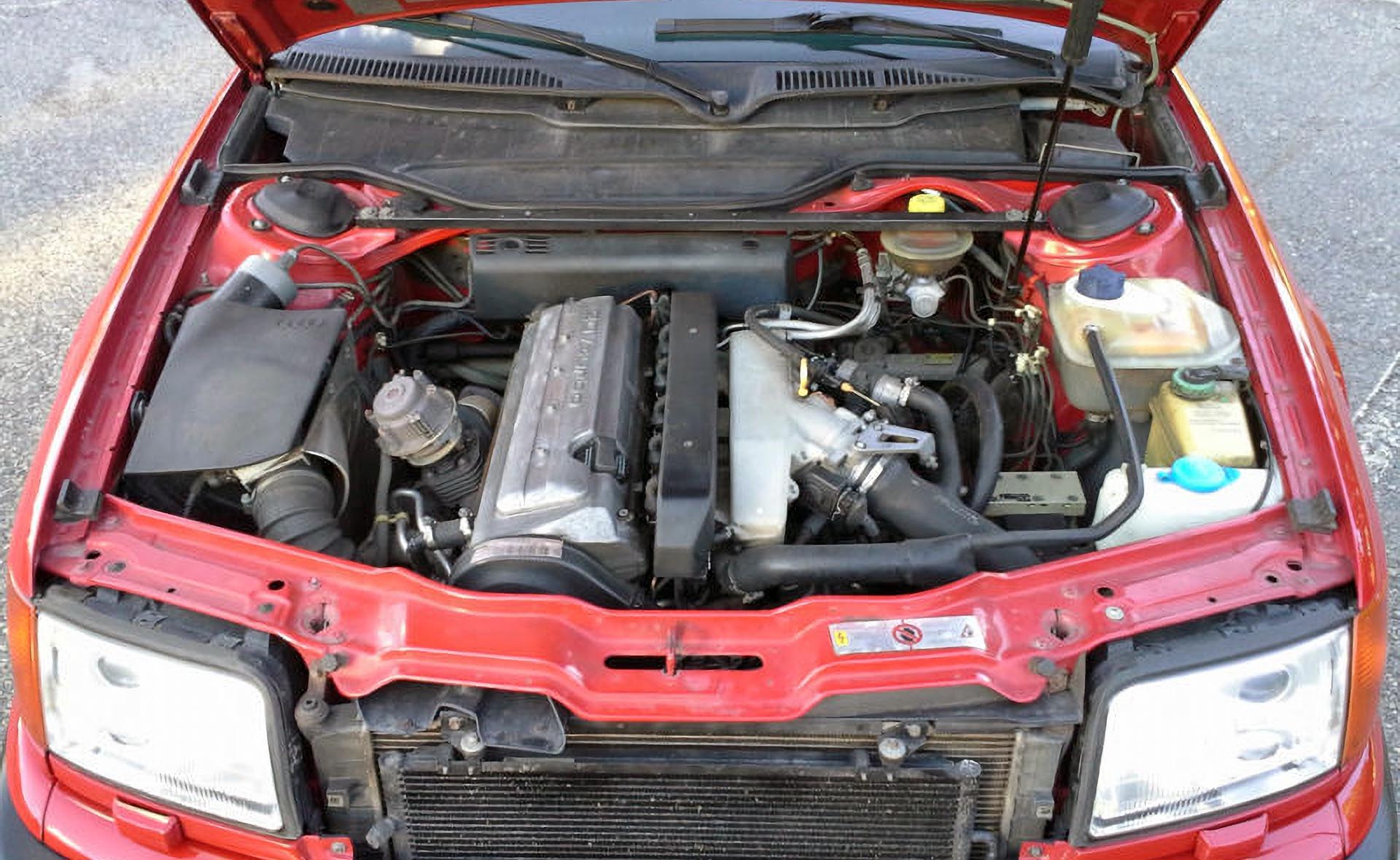 Image Source: German Cars for Sale
Image Source: German Cars for Sale
Somewhat confusingly, the C4 S4 and S6 share different names but are basically the same thing. Call it a quirk in the naming system, as the S4 now resides firmly in the B-chassis family and S6 in the C-chassis family, but this basically confirms what I was saying about Audi still finding their way back then. Regardless of which one you're driving, you get to enjoy all this understated performance from the comfort of your heated Recaro seats, with a commanding view of the spartan but luxurious interior. And while the UrS4 might not have a chassis and suspension tuning to compete with the exacting precision of the M5, the steering is a little bit light, and the lag in response from the K24 turbocharger is very real and very noticeable, very few things can beat the sound of a 5-cylinder Audi at full throttle. Likewise, very few things could keep up back in 1992.
Volvo 850R (Type P80, 1996-1997)
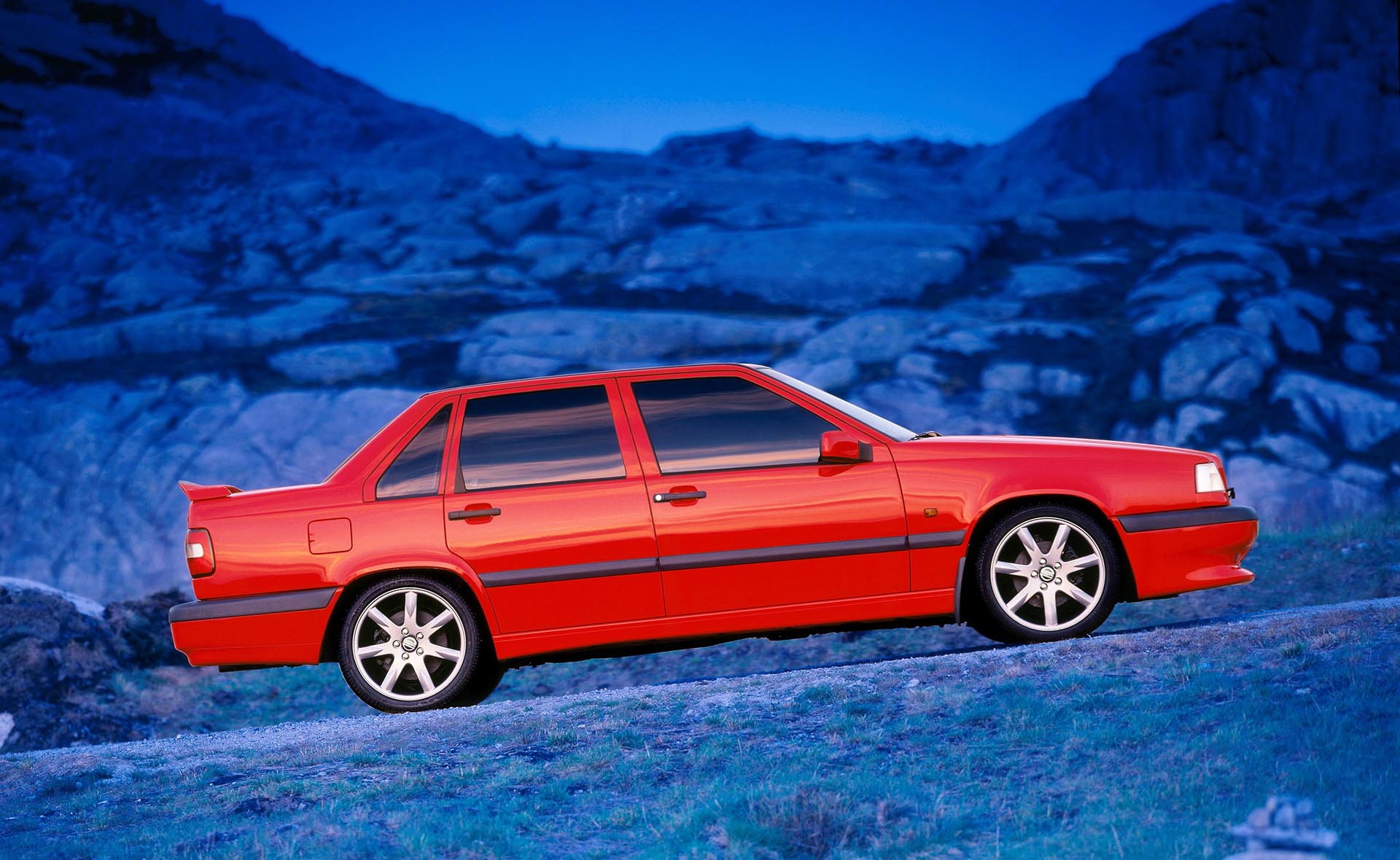
If Audi was a brand on a proverbial search to find itself in the 1990s, backpacking through Europe on its parent's dime, Volvo was that same brand after coming back from a peyote-fueled vision quest out in the desert. To most people, it seemed, Volvo had lost their damn minds. If you ask us, they simply found their true calling. After dabbling with turbocharging for years, and with a well-earned reputation for safe but perhaps slightly buttoned-up sedans and wagons, Volvo introduced the 850; a handsome car that arrived at just the right time. Available with a turbocharged 5-cylinder engine and with a very boxy but very modern look, the front-whee-drive 850 Turbo was very nearly the definition of a sleeper as soon as it arrived on the scene. Thanks to the TWR BTCC 850 Estate (aka station wagon) grabbing headlines and making people do a total rethink on what a Volvo was or was not, Volvo decided to capitalize on the moment. First, they turned things up with the limited-production T-5R. When that was a hit, they introduced the 850R in 1996 to keep up the momentum. Sometimes the dominos fall just right, and for Volvo, in the 1990s, the 850R was right on track; a turbo-brick just right for the time and place.
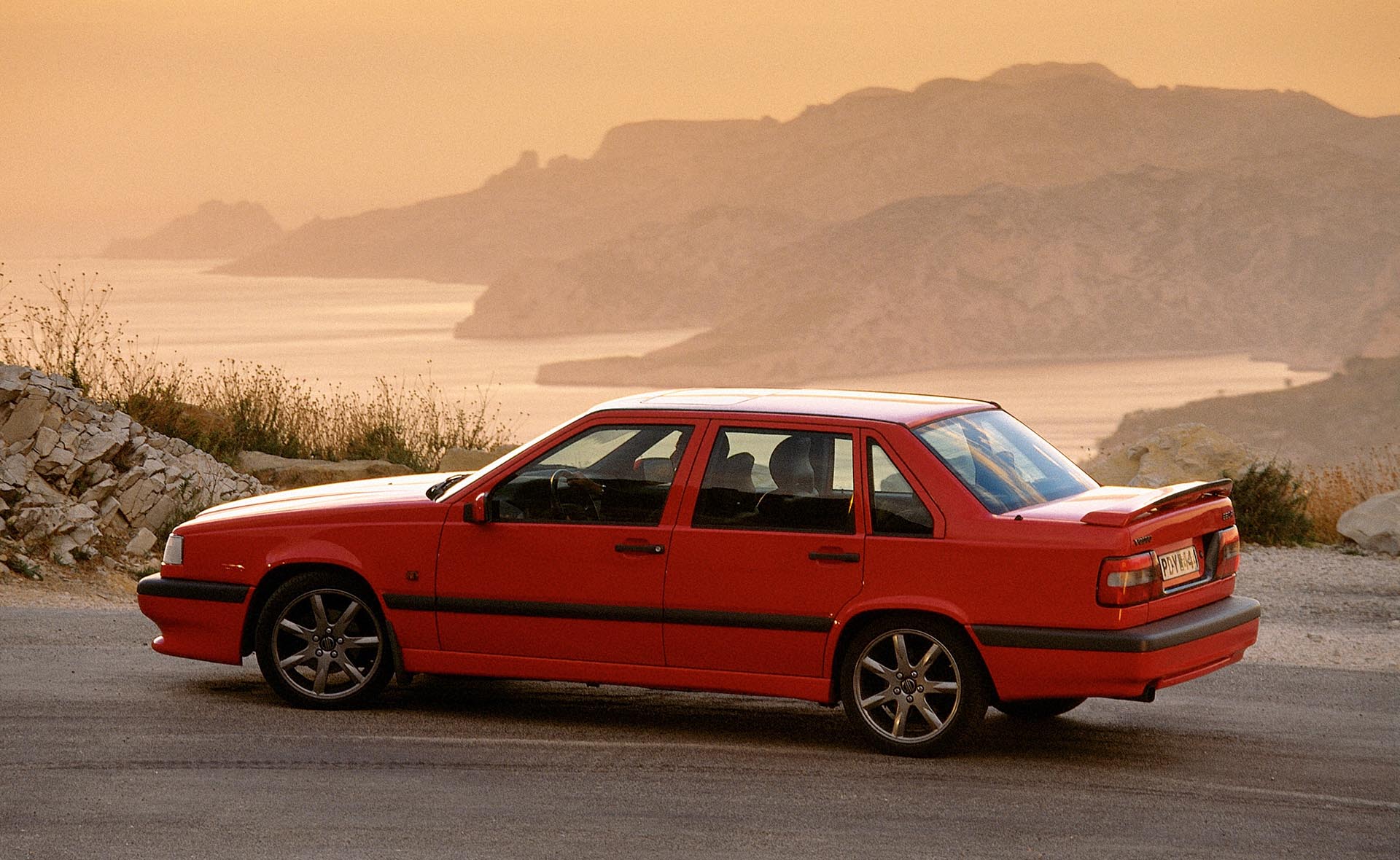
The Volvo 850R takes an already attractive design and adds subtle but effective aerodynamic and aesthetic changes to the exterior. Larger 18" wheels, lower, stiffer suspension, and an increase in turbocharger boost add performance and handling—enough to make the 850R proper quick for its day and age both down the strip and through the slalom. The 2.4 L 5-cylinder engine produces 240 horsepower and 221 lb-ft of torque, which paired to the (ugh) standard 5-speed automatic transmission, is good enough for a 7.3 second 0-60 and 15.5-second quarter-mile run at 92 miles per hour.
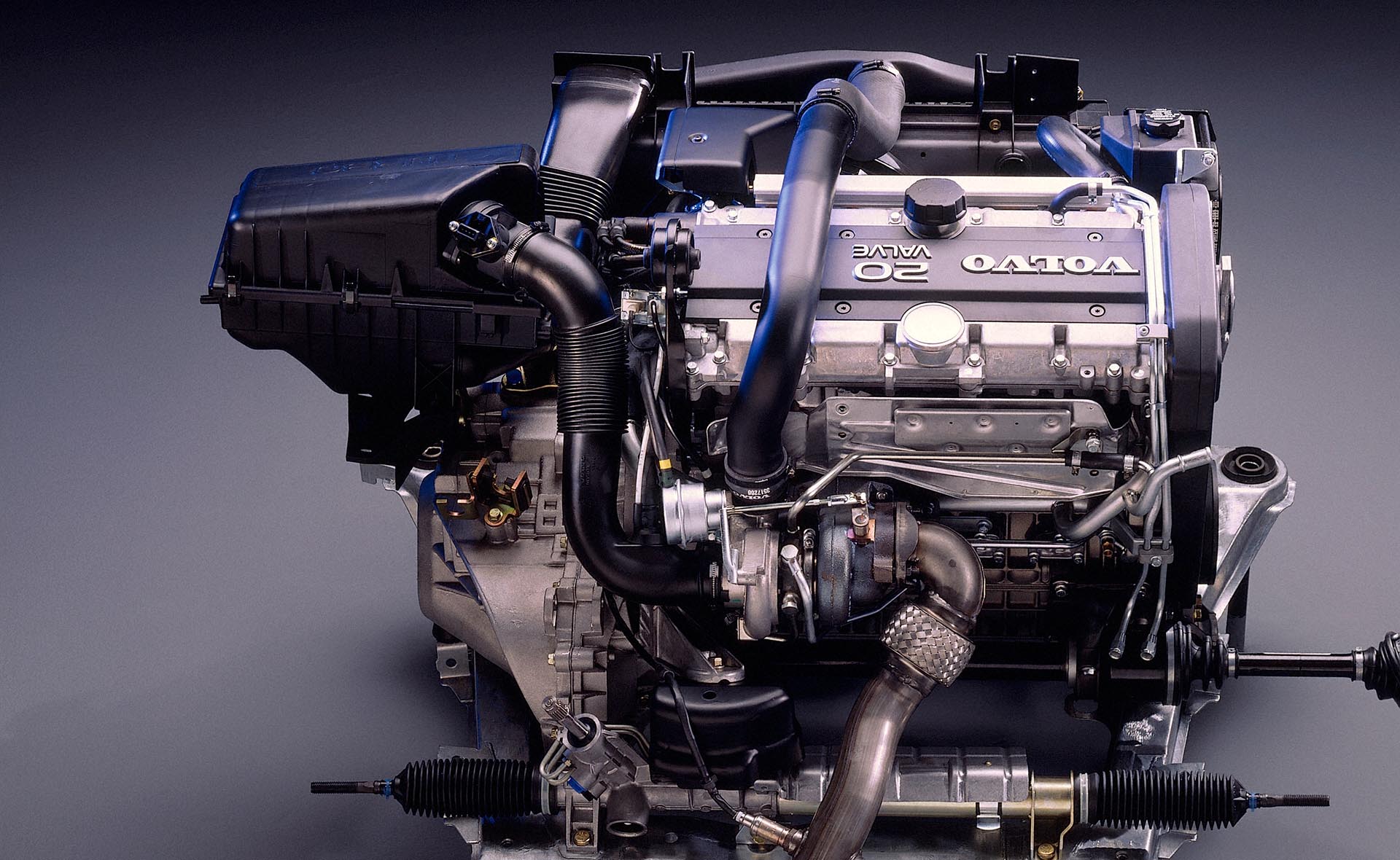
As anyone who's driven a powerful front-driver will tell you, acceleration runs only tell a very small part of the tale when it comes to the driving experience. Thanks to Volvo's chassis development, including stiffer dampers and larger sway bars front and rear, the 850R is the kind of car that prompts you to take the long way home rather than stick to the regular old boring highway commute. Two-tone leather/Alcantara seating, Alcantara door cards, a leather-wrapped two-tone steering wheel, and a new 8-speaker sound system ensured that the driver is both supported and entertained. As if you really need anything other than a 240 horsepower turbo 5-cylinder front-wheel-drive riot-act to keep yourself entertained. And thanks to that clean-cut Volvo reputation, the neighbors were none-the-wiser. At least not until you smoked Bob in the Corvette down the street on the way home from soccer practice.
Mercedes-Benz CL S600 Biturbo (Type C215, 2003-2006)
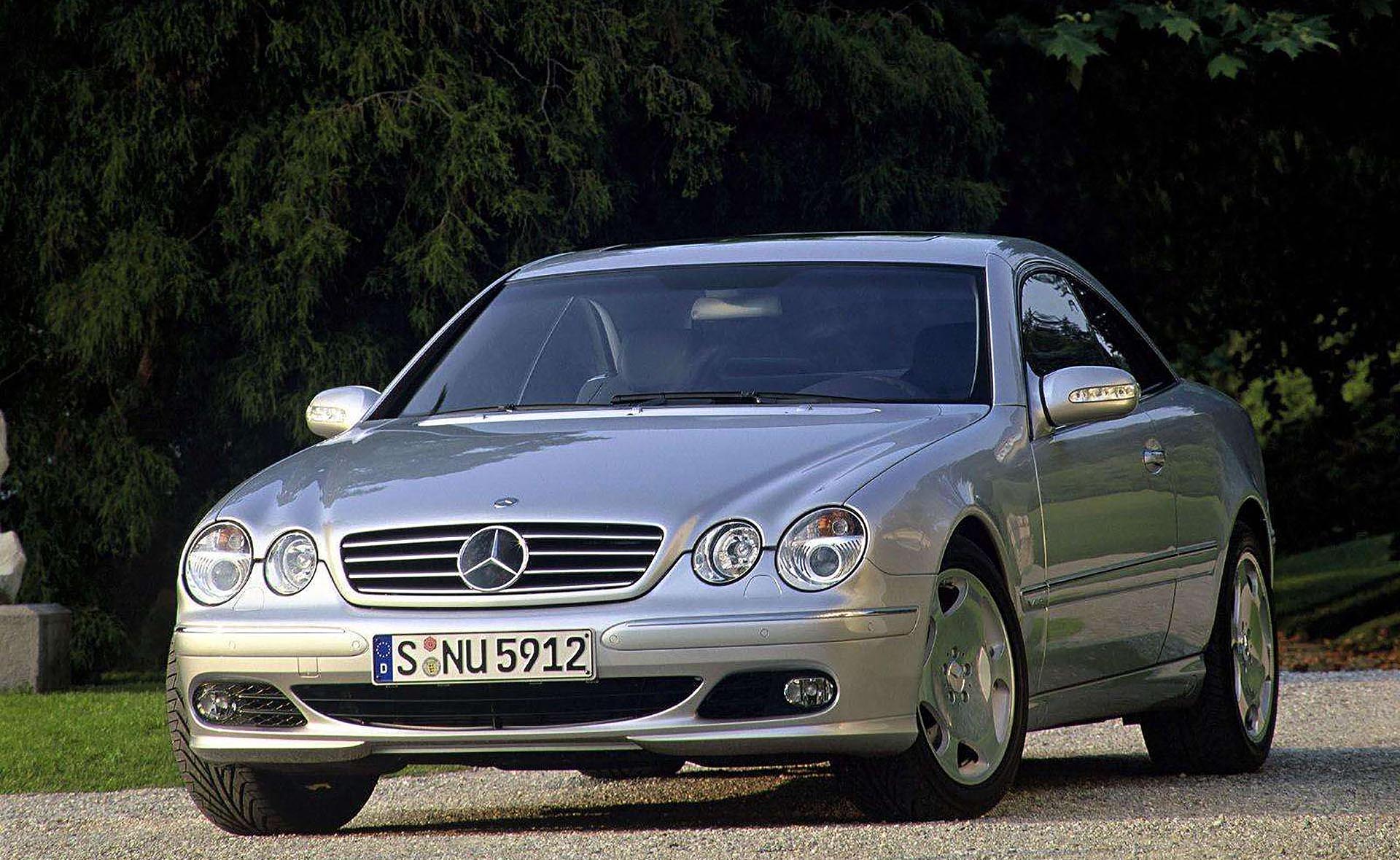
Our final sleeper is a sleeper in perhaps more of a relative sense than the other choices here. When you see a big-bad-Benz like an S600 or CL S600, you don't exactly expect it to be slow. But then again, do you really expect it to be quite as fast as a CL S600 actually is? Introduced in 2000, the C215-based CL S600 is the coupe version of the biggest Mercedes sedan around, Maybach aside. Originally powered by a naturally aspirated V12, the first iteration of the CL S600 was no slouch. Then, Mercedes' engineers got a crazy idea in their heads: If the NA V12 is good, wouldn't it be even better with two turbochargers strapped to it? The answer was a resounding, "But of course!"
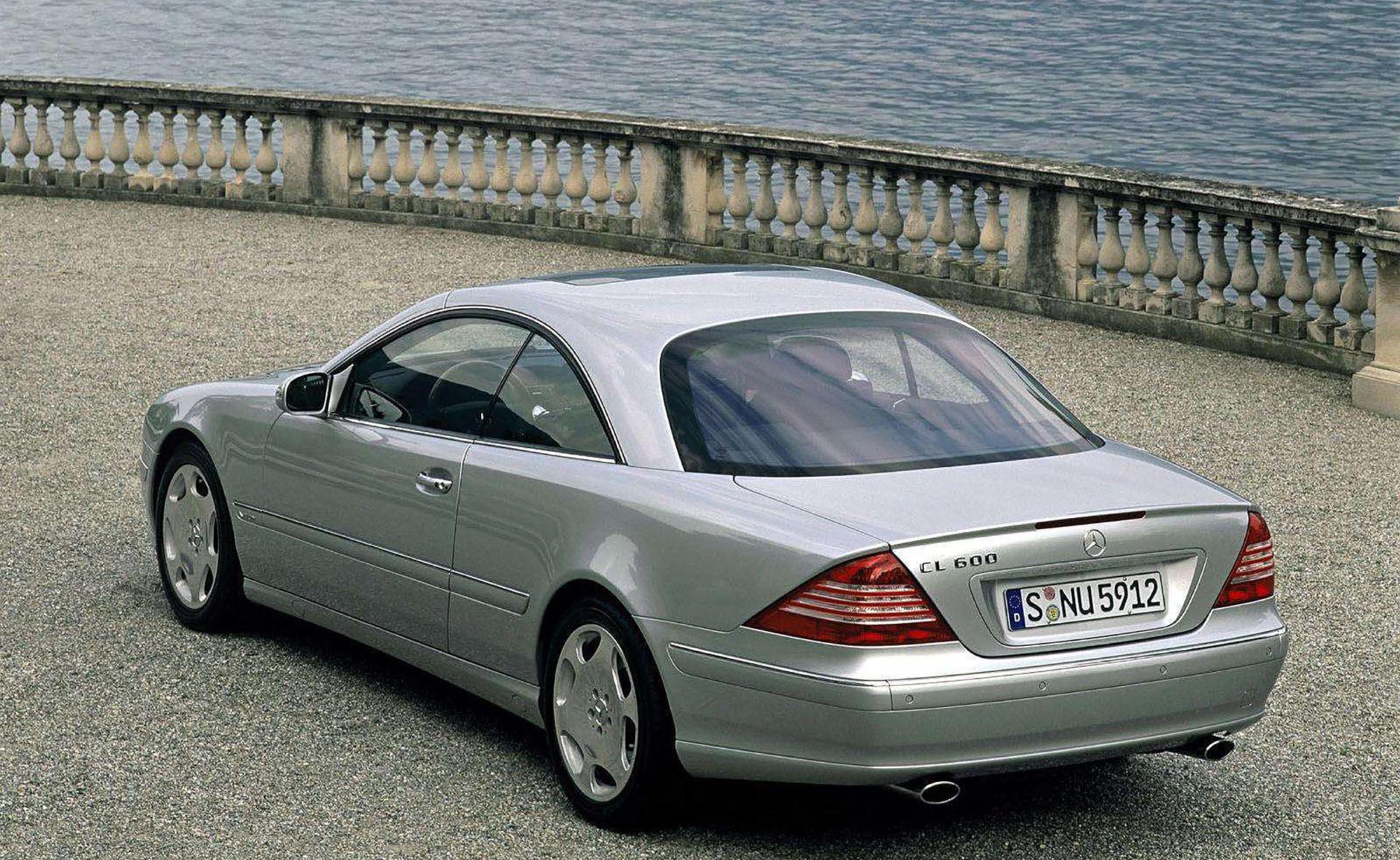
The power-hungry designers reduced displacement slightly, to 5.5 L, and augmented this with a prodigious dollop of positive manifold pressure. With 14.5 pounds of boost, 3-valves per cylinder, and twin-spark ignition to maximize fuel burn, the M275 V12 Biturbo makes an impressive 492 horsepower and a somewhat ludicrous 590 lb-ft of torque, bone-freaking-stock. Despite its prodigious size and weight, this is enough to propel the monster coupe to 60mph in only 4.3 seconds, and dispensing with 1320 feet (aka a quarter-mile) in 12.6 seconds at 115mph. Top speed? Unrestricted, it is said to be north of 190mph. Yikes. You'd be forgiven if these numbers surprise you, as it was and is fairly rare to see one of these autobahn beasts going more than 5 over the limit. Most buyers who had the cash to plunk down on a CL600 when they were on the dealership lot weren't the types to go hot-rodding around. After all, you wouldn't want to cause a ruckus at the country club, am I right?
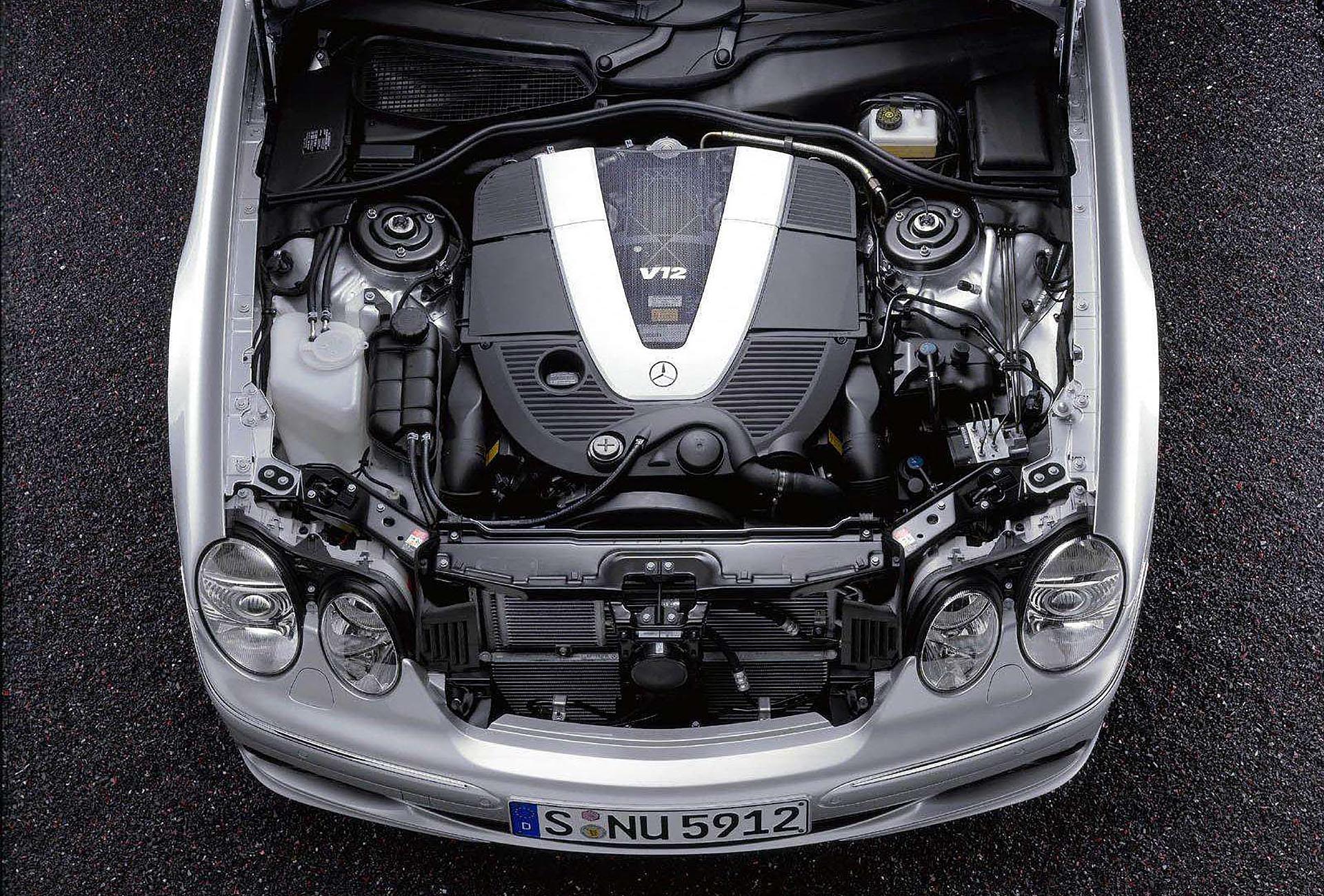
Those who did have the courage to put their right foot down, or if they were even crazier and decided to tune one of these beasts, were treated with mind-bending torque and acceleration. The fastest car I've ever driven remains a Renntech-tuned CL S600 AMG, a car so fast I accidentally interpreted the speedometer as the tachometer since it was twisting around the dial so quickly. Literal warp drive. When it is working, the Mercedes Active Body Control suspension system does an admirable job of keeping the hefty 4000-pound-plus CL S600 under control, providing an exceptional ride with reasonable handling given what it's been tasked with doing. But at the end of the day, the CL S600 is not about canyon carving or bending corners, it's about blistering, absurd, ludicrous acceleration that's as smooth as it is violent, all while blending in among a sea of similarly sized and shaped big-body sedans on the way to the office.
While these are a few of our favorite European sleeper cars, there are almost certainly a few we may have missed, or perhaps got flat-out wrong. What do you think makes a sleeper, a sleeper? What would you replace on this list, and with what model? List your choices out in the comments below, and maybe we'll include those in a future installment.

